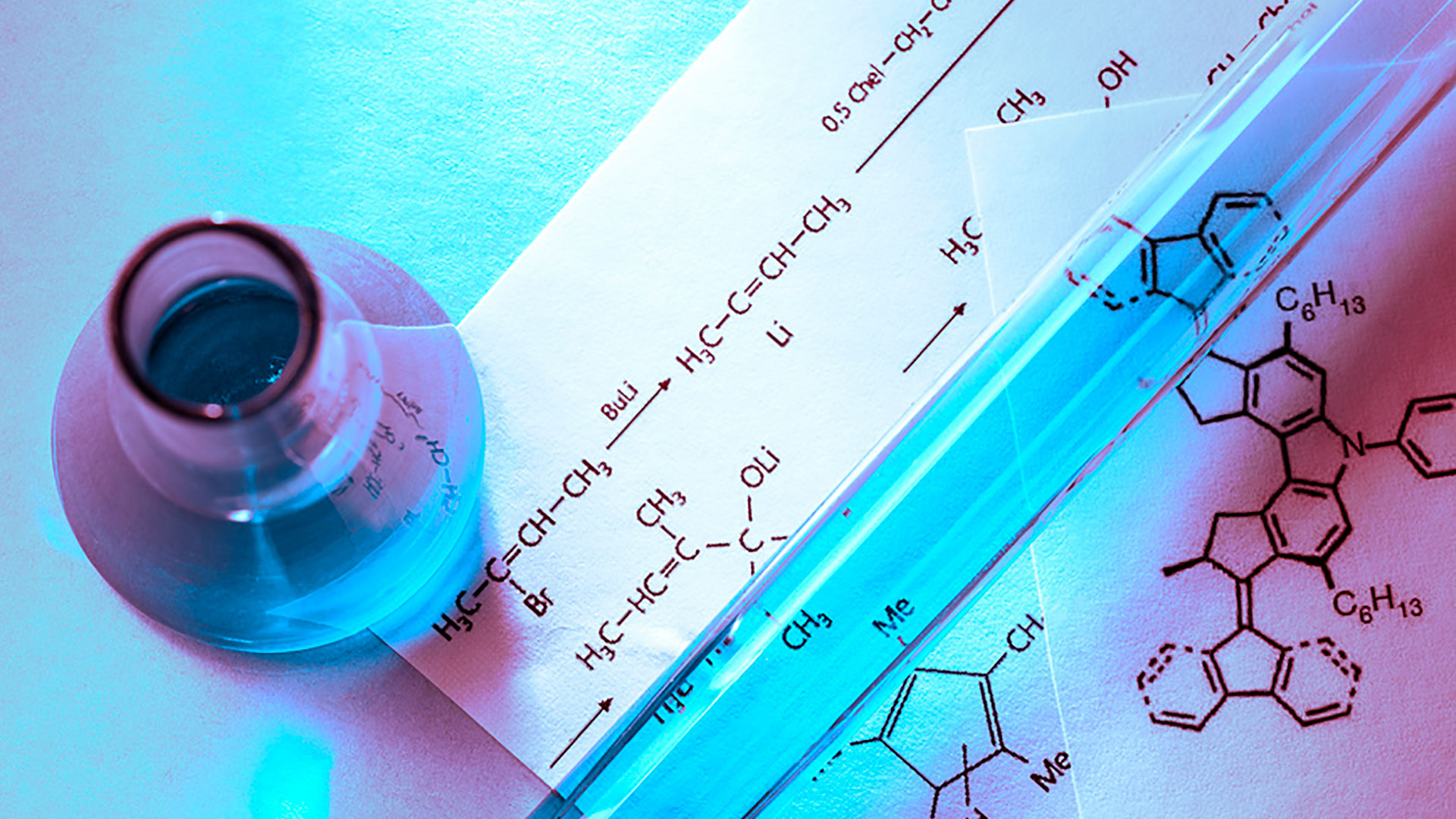AI in the world of chemistry, AWS cloud system, Azure AI builder

Back to school
Now with the back-to-school season, it’s high time we started with something educational. Take, for example, the news from the chemistry. The Hammett equation, a chemical theory that is over 80 years old, is being expanded upon and improved with the help of machine learning. The equation, which can help to explain the electron-donating or withdrawing nature of aromatic substituents via calculation of Hammett constants, has been analysed computationally by a team of Brazilian researchers from the Institute of Military Engineering who want to make it even more precise, and unlock unknown values for practical experiments.
Also in August, MIT and Stanford researchers developed a machine learning technique that efficiently learns to control a robot. The innovative approach incorporates principles from control theory into the ML process, allowing for the creation of more efficient and effective controllers. The researchers aimed to learn intrinsic structures within the system dynamics that could be leveraged to design superior stabilizing controllers. During testing, the new controller closely followed desired trajectories and outperformed various baseline methods. Remarkably, the controller derived from the learned model almost matched the performance of a ground-truth controller, which is built using exact system dynamics.
And to continue with schools… Since 2020, California has led a contentious experiment in high school math. That year, public universities in the state — including Berkeley and U.C.L.A. — loosened their admissions criteria, telling high schools that they would consider applicants who had skipped Algebra II, a cornerstone of math instruction. In its place, students could take data science — a mix of math, statistics and computer science without widely agreed upon high school standards. Allowing data science, the universities said, was an “equity issue” that could send more students to college. However, it also raised concerns that some teenagers would be channelled into less challenging coursework, limiting their opportunities once they got there. In August the State Board of Education voted to remove its endorsement of data science as a substitute for Algebra II.
Analysts’ world
Gartner, a leading analytical thinktank in IT, highlighted the top trends impacting the future of data science and machine learning. Among these trends are cloud data ecosystems that are moving from self-contained software or blended deployments to full cloud-native solutions; Edge AI which enables the processing of data at the point of creation at the edge, helping organizations to gain real-time insights, detect new patterns and meet stringent data privacy requirements, and Responsible AI. It covers many aspects of making the right business and ethical choices when adopting AI that organizations often address independently, such as business and societal value, risk, trust, transparency and accountability. Two other trends include Data-Centric AI that represents a shift from a model and code-centric approach to being more data focused to build better AI systems, and an accelerated AI Investment. Analysts predict that investment in AI will continue to accelerate by organizations implementing solutions, and reach $10 billion by the end of 2026.
Vendor news
Microsoft's AI Builder introduces low-code generative AI capabilities to Power Apps and Power Automate. AI Builder is now at the top of Microsoft’s AI stack, drawing on the capabilities present in Azure AI Services—the domain of professional developers—and making them available to citizen makers within Power Apps and Power Automate. Microsoft’s AI Stack has three layers. The Azure ML Platform is for building AI models; Azure AI Services are for professional software developers who need to use or customize the functionality of those AI models; and AI builder lets citizen makers consume the models with no programming experience required.


